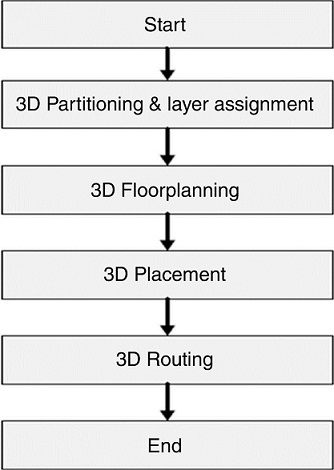
The empirical formula of a compound is the simplest whole number ratio of atoms of each element in the compound. It is determined using data from experiments and therefore empirical. For example.

Once the empirical formula is found, the molecular formula for a compound can be determined if the molar mass of the compound is known. Simply calculate the mass of the empirical formula and divide the molar mass of the compound by the mass of the empirical formula to find the ratio between the molecular formula and the empirical formula.

The empirical formula for an ionic compound indicates the smallest whole number ratio of cations and anions needed to produce an electrically neutral compound. The empirical formula is written with the cation first followed by the anion. To write the empirical formula for an ionic compound.

You can find the empirical formula of a compound using percent composition data. If you know the total molar mass of the compound, the molecular formula usually can be determined as well. The easiest way to find the formula is: Assume you have 100 g of the substance (makes the math easier because everything is a straight percent).








